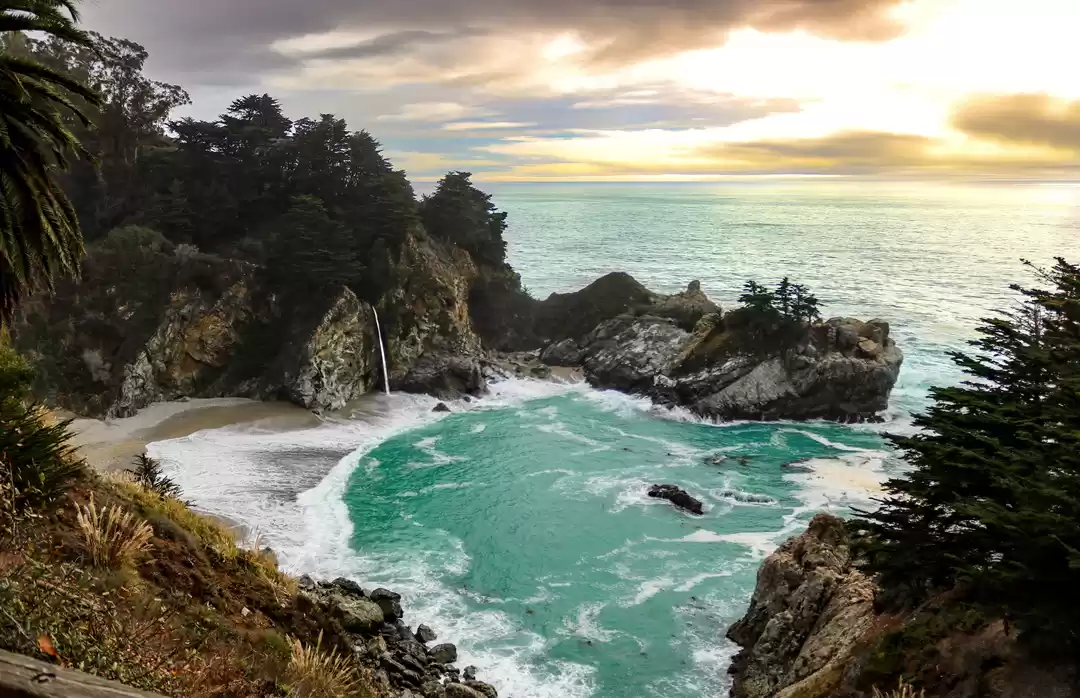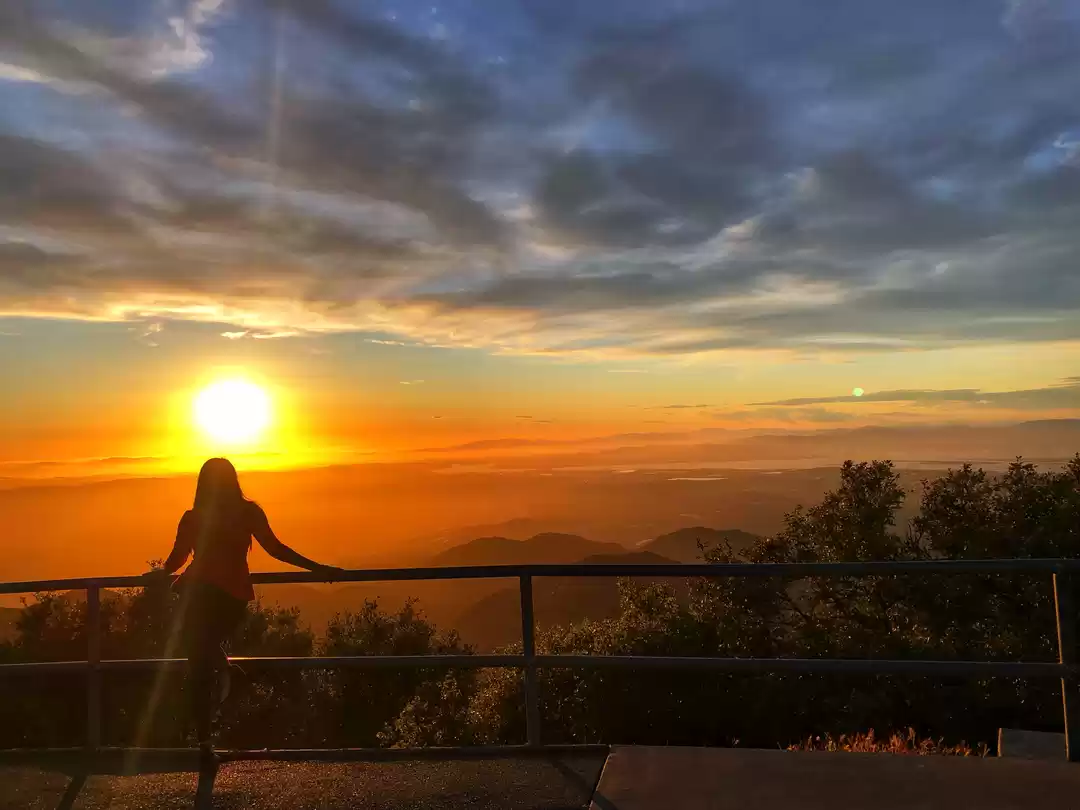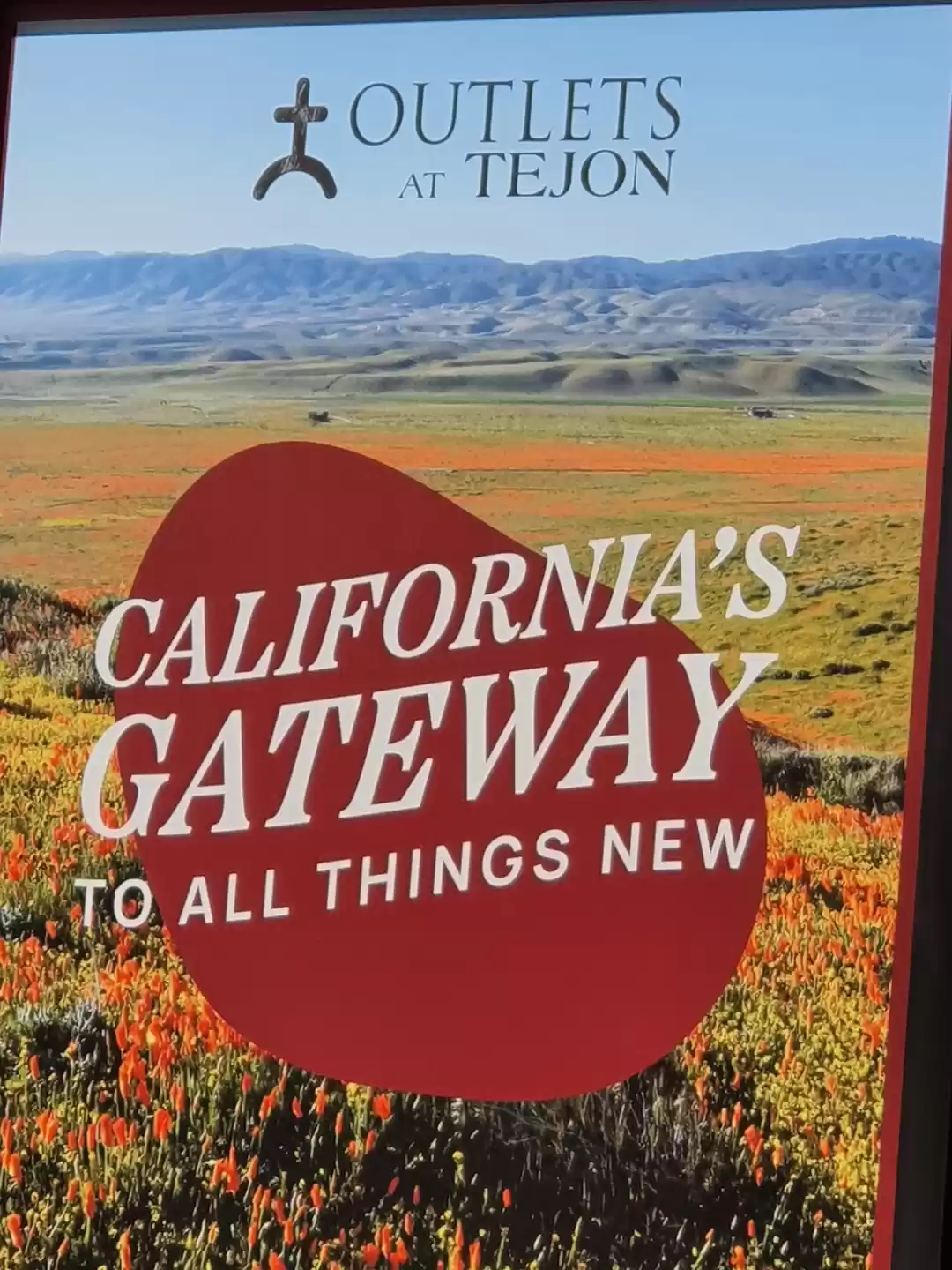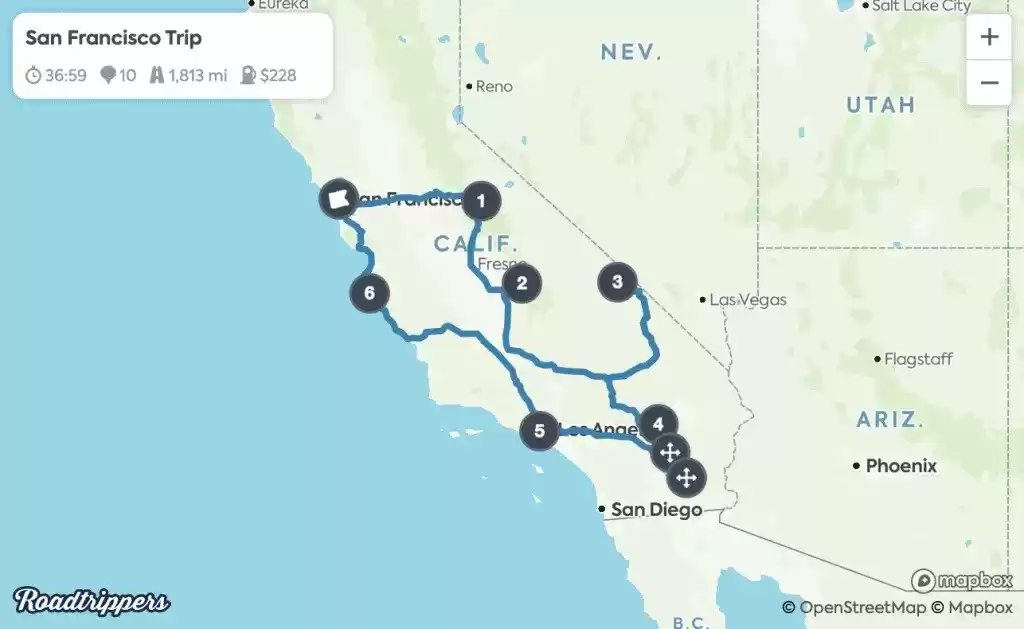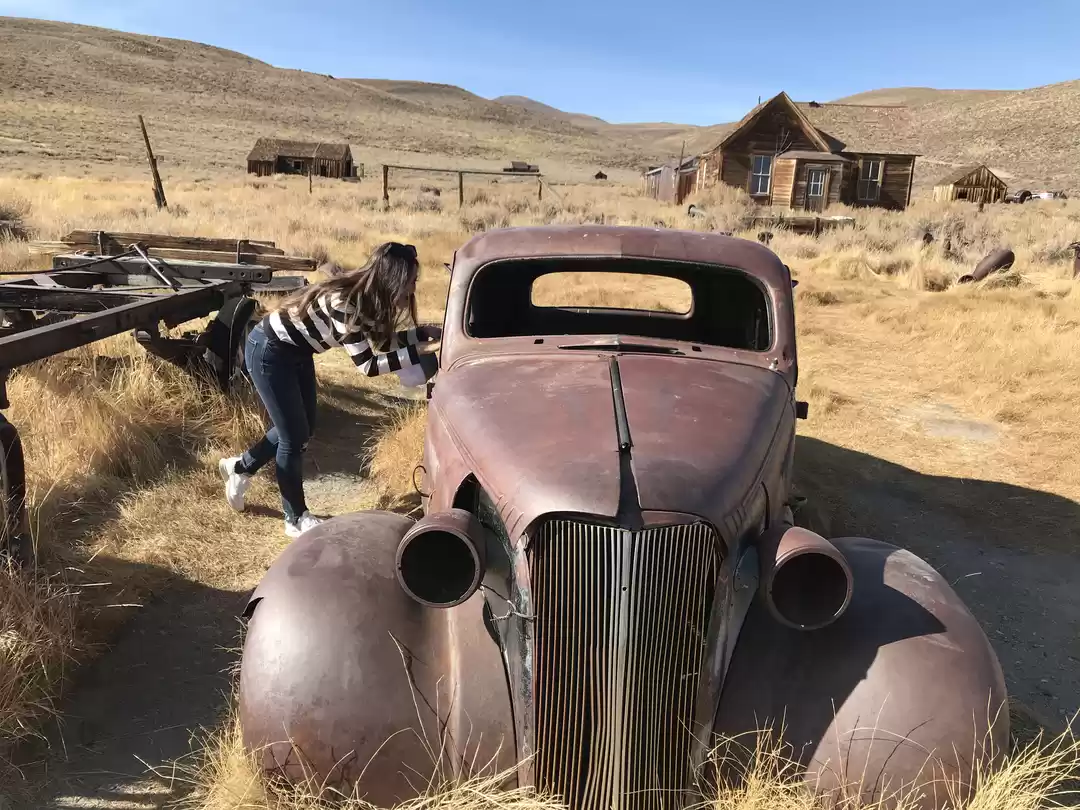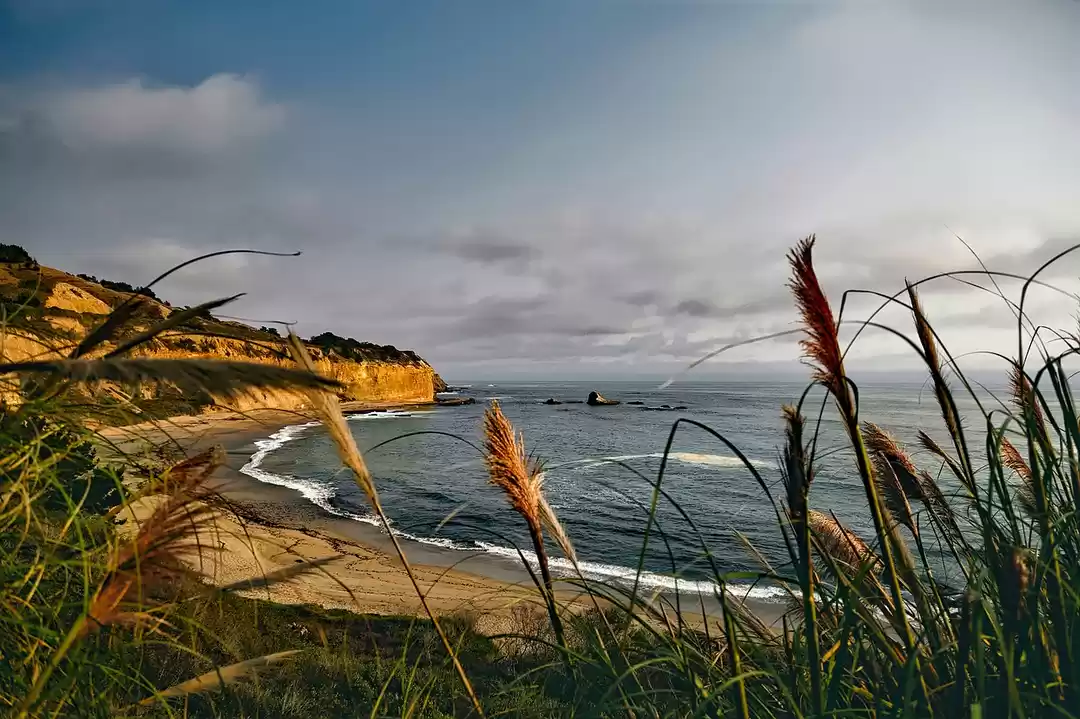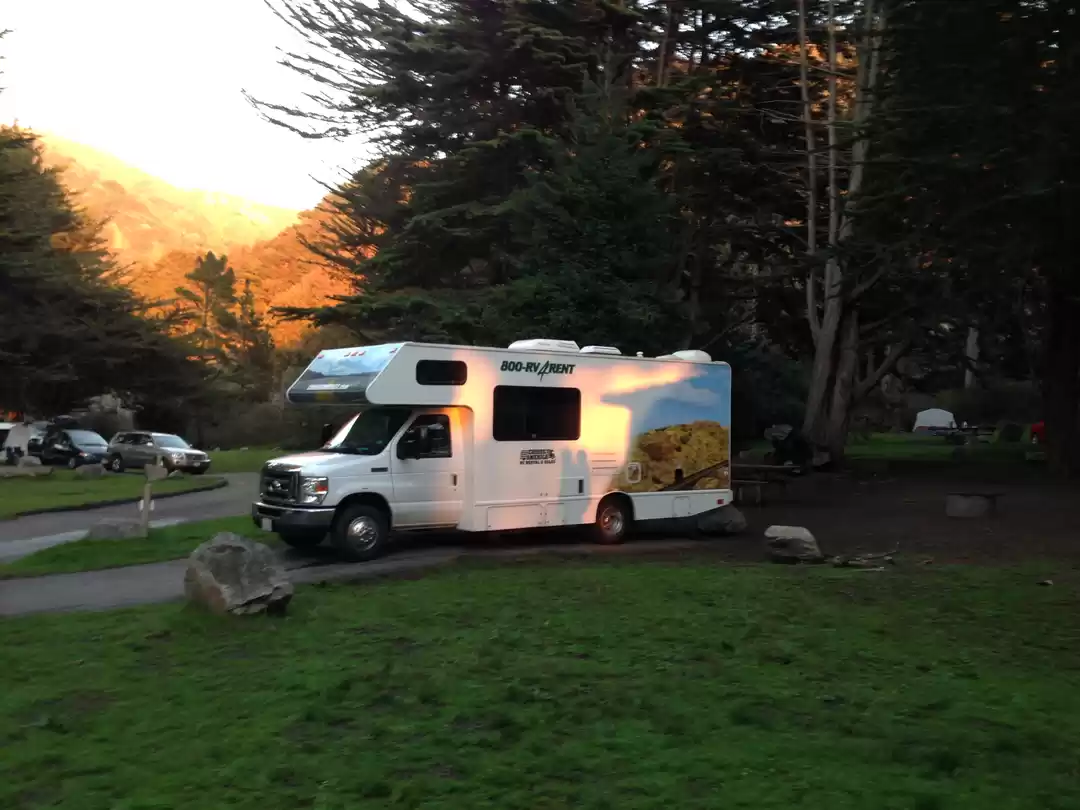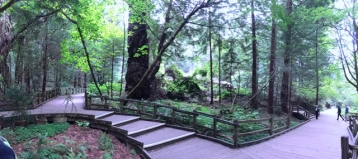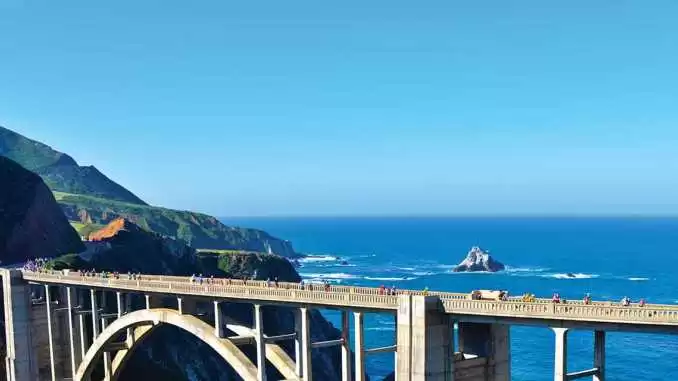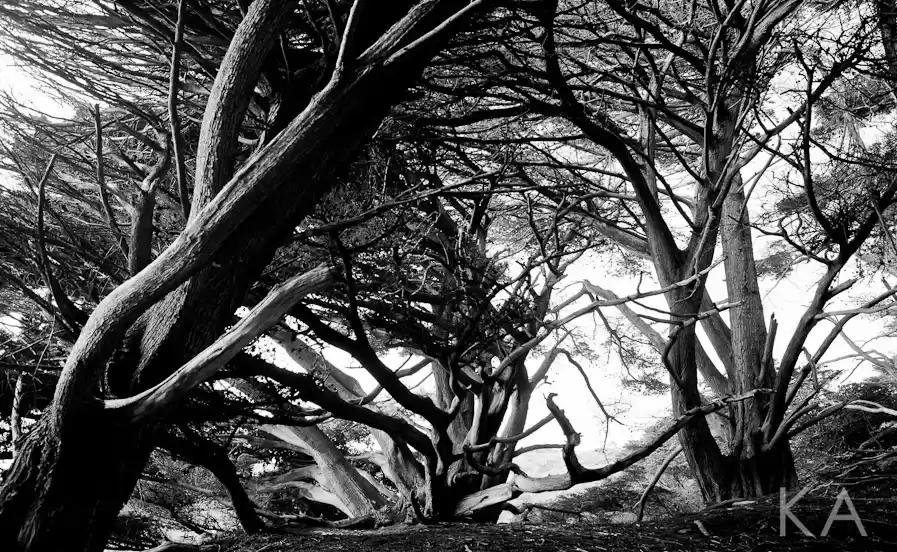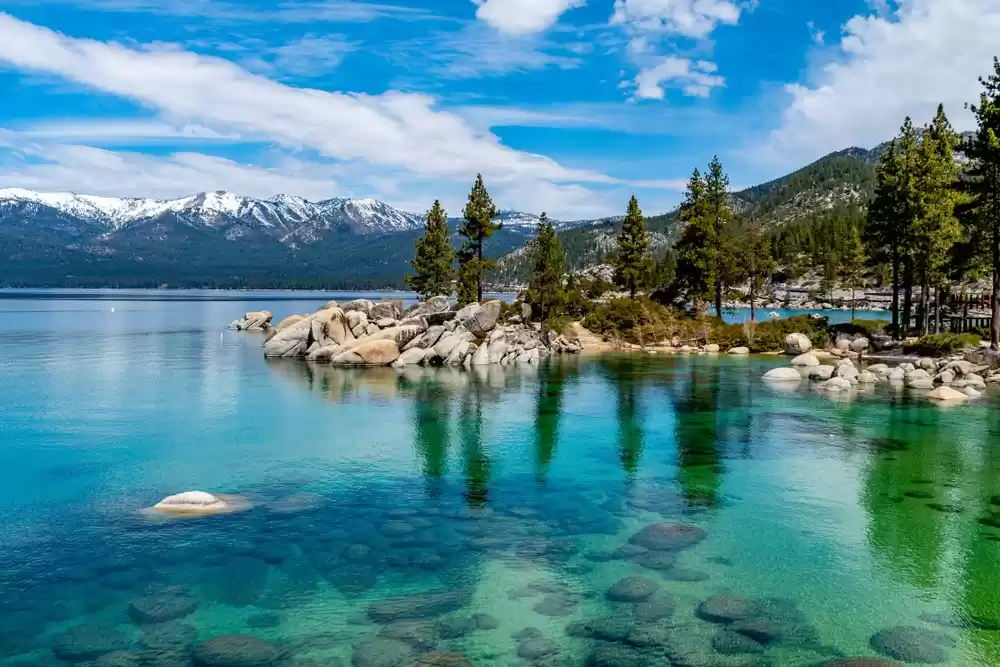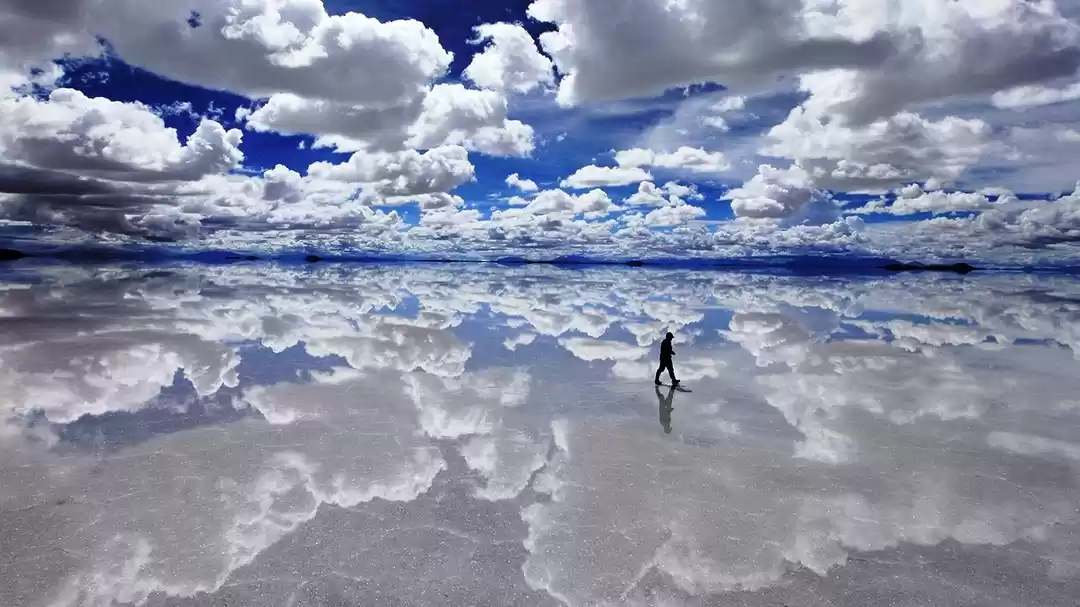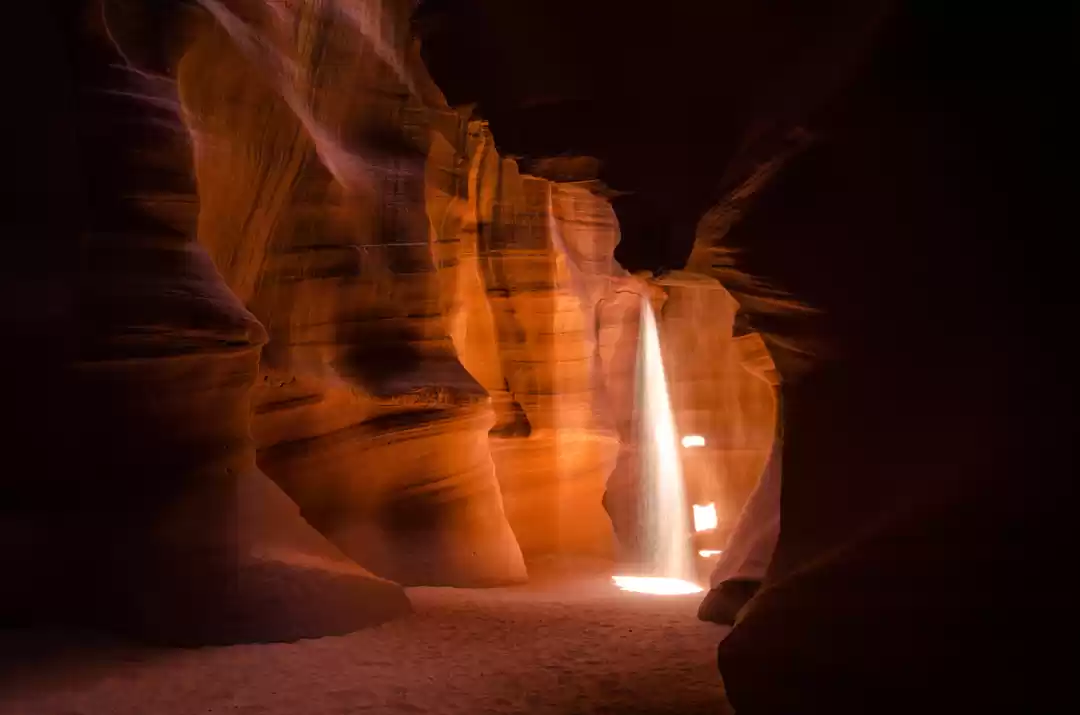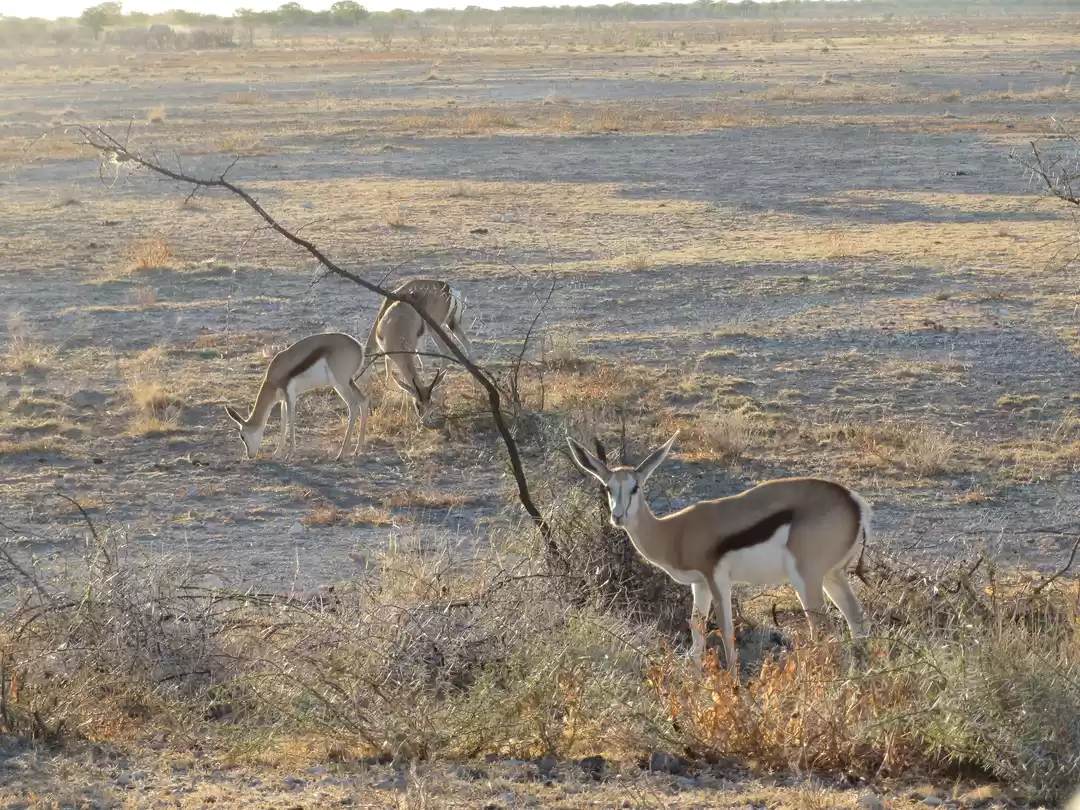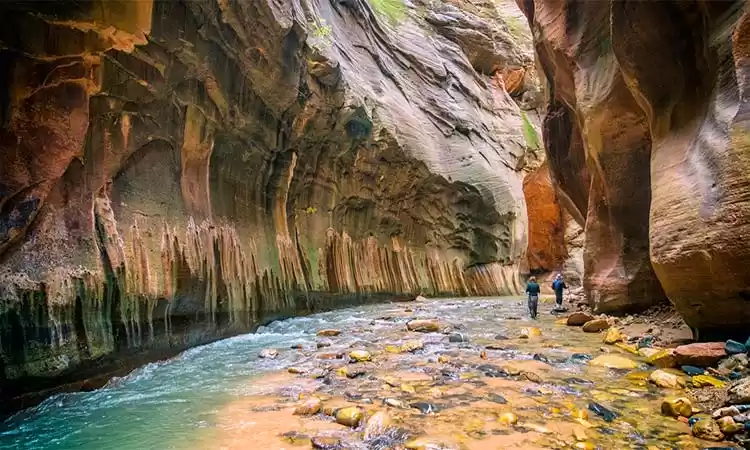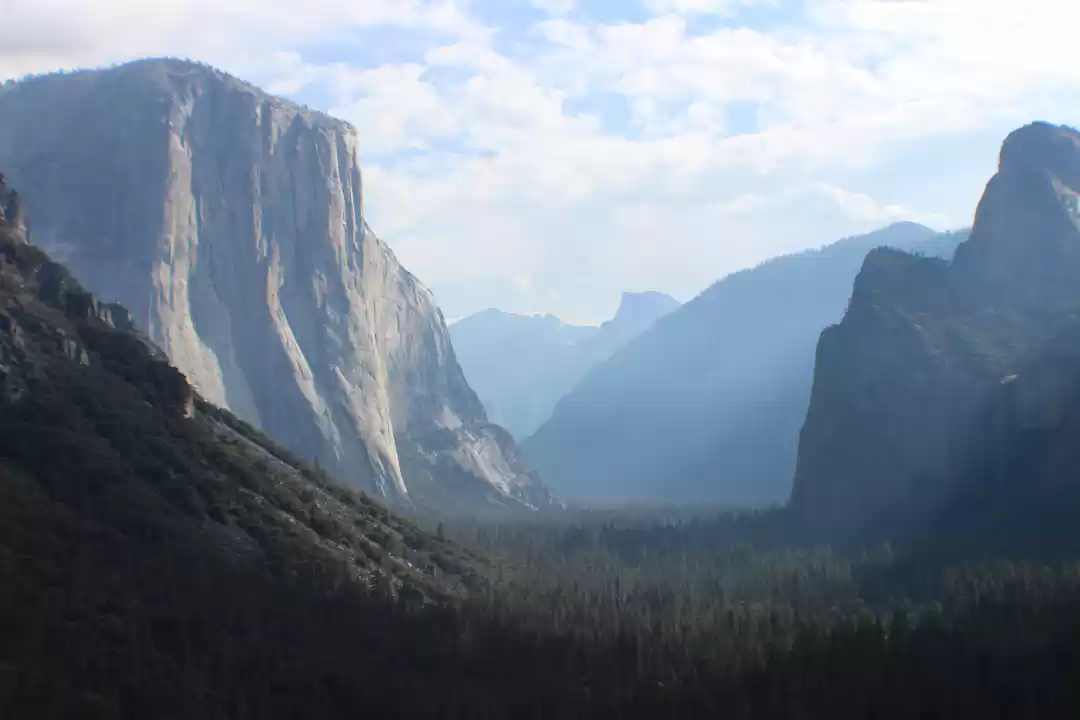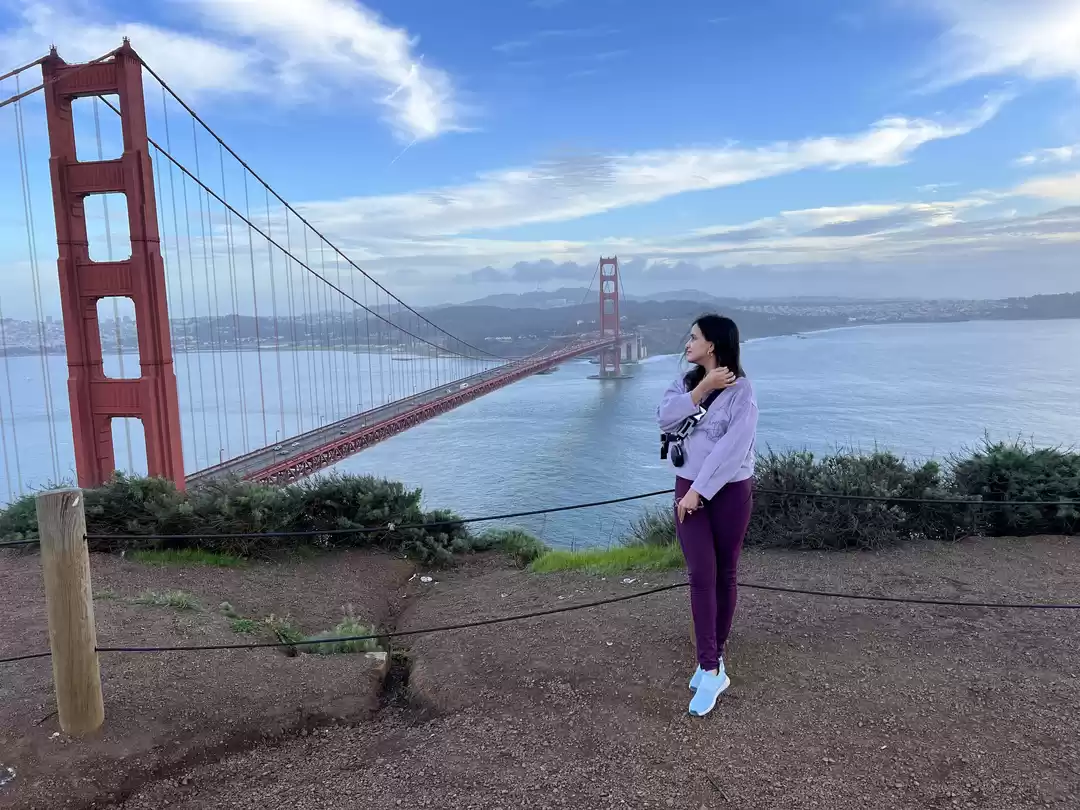Welcome to Death Valley, an awe-inspiring destination that offers a truly unique and extraordinary experience for adventurers seeking the extremes of nature.
Located in California, USA, Death Valley National Park is renowned for its scorching temperatures, desolate landscapes, and remarkable geological formations. In this article, we will delve into the fascinating wonders of Death Valley, exploring its otherworldly landscapes, hidden treasures, and uncovering the secrets of this mesmerizing place.
A Land of Superlatives:
Death Valley holds the record for being the hottest place on Earth, with temperatures that can soar well above 130°F (54°C) during the summer months. The park also boasts the lowest point in North America, known as Badwater Basin, which sits at 282 feet (86 meters) below sea level. These extreme conditions contribute to the formation of a surreal environment, characterized by vast salt flats, towering sand dunes, and breathtaking canyons.

Mesmerizing Geological Formations:
Death Valley's unique geology is a testament to the forces of nature at work. Artist's Palette, located in the Black Mountains, showcases a vibrant array of colors resulting from various mineral deposits. As the sun casts its golden rays, the hills come alive with hues of red, pink, purple, and green, creating a painter's dream.
Badwater Basin - A Salt Flat Wonderland:
Venture to Badwater Basin, a seemingly endless expanse of salt flats, and immerse yourself in a surreal environment. The salt-crusted ground stretches as far as the eye can see, creating a mesmerizing landscape that glistens under the scorching sun. It's an extraordinary sight that will leave you in awe of nature's artistic touch.

Mesquite Flat Sand Dunes:
In the heart of Death Valley, the Mesquite Flat Sand Dunes beckon adventurers to explore their mystical allure. As the winds shape the dunes, an ever-changing landscape emerges, offering photographers and nature enthusiasts a playground for capturing breathtaking images. Don't forget to bring your camera and witness the magic of shifting sands and undulating patterns.
Zabriskie Point: A Panoramic Vista:
Make your way to Zabriskie Point, a stunning viewpoint that unveils an unparalleled panorama of Death Valley's rugged beauty. The eroded hills, composed of ash and clay, create a surreal moonscape that contrasts with the vibrant hues of the surrounding badlands. As the sun rises or sets, the colors dance across the landscape, painting a masterpiece before your eyes.

Titus Canyon: A Scenic Drive Through Time:
Embark on a scenic drive through the magnificent Titus Canyon, a winding road that cuts through towering canyon walls. This adventurous journey takes you on a trip through geological history, showcasing layered rock formations and the remnants of ancient lava flows. Keep an eye out for wildlife, as bighorn sheep and desert tortoises often grace lucky visitors with their presence.
The Racetrack: A Mysterious Phenomenon:
One of Death Valley's greatest mysteries lies in the Racetrack, a dry lakebed where large rocks seem to move across the surface, leaving behind long trails in the mud. This peculiar phenomenon has baffled scientists for decades, and witnessing the tracks is an enigmatic experience that sparks the imagination.
Mesmerizing Stargazing Opportunities:
As night falls, Death Valley unveils its celestial wonders, providing some of the darkest and clearest skies in the United States. Away from the light pollution of cities, the park becomes a stargazer's paradise. Gaze up at a glittering blanket of stars and be humbled by the vastness of the universe.

How to Get to Death Valley: A Road Trip to Discover Nature's Marvel
If you're ready to embark on an unforgettable journey to Death Valley National Park, one of the most unique and mesmerizing destinations in the world, you'll need to plan your transportation accordingly. While there are options for tours from Las Vegas, exploring Death Valley by car offers the freedom to discover the park at your own pace.
Here's a detailed guide on how to reach Death Valley from various starting points:

1. From Las Vegas:
If you're starting your adventure from Las Vegas, the closest major city to Death Valley, you'll have the convenience of McCarran International Airport. After landing at the airport, head to one of the car rental agencies available and pick up your vehicle. From there, you'll embark on a scenic 2-hour drive to Death Valley National Park. Follow signs for Interstate 15 West and then take State Route 160 North, which will lead you to the park entrance. This route allows for a rewarding day trip experience.
2. From Los Angeles:
For those traveling from the bustling city of Los Angeles, Death Valley is approximately a 4-hour drive away. Start by heading north on Interstate 5 until you reach the junction with State Route 14 North. Take State Route 14 North until you merge onto US-395 North, which will guide you through the eastern side of the Sierra Nevada Mountains. Continue on US-395 North until you reach State Route 190 West, which will lead you directly to the entrance of Death Valley National Park. This route offers breathtaking views as you traverse the desert landscape.
3. From San Francisco:
If you're embarking on a road trip from the vibrant city of San Francisco, be prepared for a longer but equally rewarding drive to Death Valley. The journey from San Francisco to Death Valley takes approximately 8.5 hours. Begin by heading east on Interstate 80 until you reach the junction with US-395 South. Take US-395 South, enjoying the scenic drive through the eastern side of the Sierra Nevada Mountains. As you continue, you'll eventually reach State Route 190 East, which will lead you to the entrance of Death Valley National Park. This route offers picturesque views of mountain ranges, expansive valleys, and charming towns along the way.
4. Exploring Death Valley by Car:
Once you've arrived at Death Valley National Park, having a car allows you the freedom to explore the park's diverse and expansive landscapes. Inside the park, there are numerous well-marked scenic drives, including the Badwater Road, Artists Drive, and the Mesquite Flat Sand Dunes access road. Remember to fill up your gas tank before entering the park, as gas stations are limited within its boundaries.
Additionally, it's crucial to pack plenty of water, snacks, and sunscreen, as Death Valley's extreme desert environment can be unforgiving. Ensure your vehicle is in good working condition, and it's advisable to carry a spare tire and emergency supplies in case of unexpected situations.

Death Valley is an extraordinary destination that offers a glimpse into the raw power of nature. Its extreme temperatures and ethereal landscapes create a captivating experience that stays with you long after you leave. Whether you're an adventure seeker, a nature enthusiast, or simply someone yearning for a unique journey, Death Valley will leave an indelible mark on your soul.
If you've been to Death Valley National Park, do share your experience with us. Think we missed out on something? Tell us about it in the comments below. Or write about it here on Tripoto.



